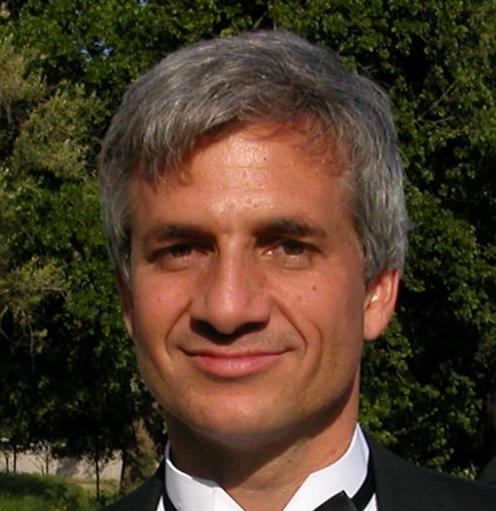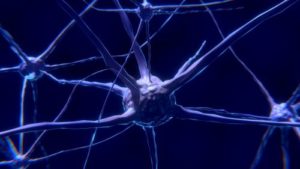What is Compassion Cultivation Training (CCT) and what promise does it hold for the field of contemplative sciences?
I think it has tremendous potential. At Stanford University, a group of us came together first to create the Center for Compassion, Altruism, Research, and Education. From that, a group of us came together to create the Compassion Cultivation Training (CCT), which initially started as a nine-week program and was later reduced to eight weeks. It is a training that includes mindfulness practice throughout to stabilize the mind and cultivate balance, and progressively goes through a sequence of different types of compassion practices to build up the skill of paying attention to others, perspective taking, recognizing suffering, then generating the wish to be free of the causes and conditions that give rise to that suffering.
This training program has blossomed and now many people are trained to lead CCT throughout the world. Just as Mindfulness-based Stress Reduction is a preliminary introduction to a few types of mindfulness practices, CCT is also a preliminary introduction to a few types of compassion practices. In the future, we need to do contemplative research on what comes next, for examples, studying more advanced practices that make use of the mindfulness training people already are using. Mindfulness is not the end; it’s just the beginning.
Interestingly, one finding from your CCT study reported that participants are more capable of regulating affective states, yet they reported less desire to regulate these emotional states. What might be happening?
We try to regulate something that we’re not comfortable with. If I become more at ease and accept my experiences, my positive or negative emotions, then there will be less need to regulate, change and modify. That is more of an acceptance stance, where we don’t need to change what we are experiencing but rather how I relate to what I’m experiencing. This is particularly relevant to physical pain, which is very hard to treat. There is some research to suggest that for long-term meditators who have chronic pain, they still experience pain but they are less bothered by it and the pain causes less interference with daily functioning. This suggests that it is possible to modify how fused we are with what we are experiencing. We can observe without getting sucked in and experiencing suffering – that is very promising.
Your study also found that reductions in mind-wandering to unpleasant topics and increases in mind-wandering to pleasant topics were related to increases in caring behaviors for oneself and others. What might explain this link?
That was surprising! What’s interesting in doing research is that we ask the questions, conduct the study, then we let the data speak. We did not expect to see an increase in mind-wandering to pleasant topics, and this suggests that mind-wandering is more complex than we think.
I actually have a study that looks at two different aspects of mind wandering: spontaneous vs intentional, which could be strategic, problem-solving, or curiosity. We did see different trajectories. We don’t trust the results from one study alone, but rather preferably from multiple studies and labs to see if there is a convergence of results. That being said, mind-wandering to pleasant things could be a form of avoidance, savoring, or a reflection of less negative and more positive reappraisal.
In that study of CCT, we did daily experience sampling twice a day, every day, for 11 weeks. What we found was that if people practiced meditation that day, there was an increase in behavior that was caring toward others and oneself. That suggests that doing some form of formal meditation frees up resources to be able to notice and to engage in behaviors that are prosocial and help others, or even helps oneself. We have another study that we haven’t published yet that studies changes in a community sample over 21 days. We did a mediator analysis to investigate the mechanisms. It appears that when participants did meditation practice, their anxiety levels decreased, and that led to increases in caring behaviors. So we know that when people are in a state of anxiety, their scope of awareness narrows, their creativity decreases, and they have less perspective-taking. When people are more calm, their field of view opens, broadens, with a greater ability to take the perspective of the other, to see, to notice, which leads to prosocial behaviors.























